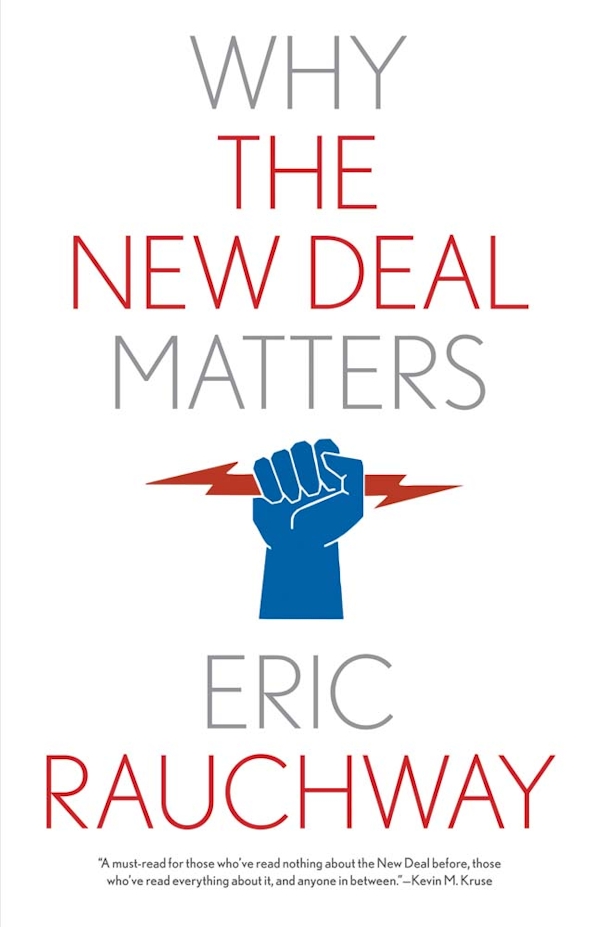Find out what a historian thinks about the New Deal, and you will quickly find out what they think about the virtues and failures of the liberal state writ large. For Arthur Schlesinger Jr., how Franklin D. Roosevelt responded to the worst downturn in US history “was a matter of seeing whether a representative democracy could conquer economic collapse,” and the aggressive actions he took restored Americans’ faith in that system. For Howard Zinn, on the other hand, the gush of new federal programs merely ended up reinforcing the shaky grip of the reigning capitalist order. When the New Deal ended, he argued, “the rich still controlled the nation’s wealth” and “the same system that had brought depression and crisis…remained.” Recently, the conservative writer Amity Shlaes dismissed the very notion that FDR and his allies were either liberal heroes or repairers of a damaged status quo. Instead, she blasted the longest-serving president in US history for caring “little for constitutional niceties” and ramming through policies that were “often inspired by socialist or fascist models abroad.”
In Why the New Deal Matters, the historian Eric Rauchway gives us his own interpretation and suggests how liberalism might rebound in the present. For Rauchway, the New Deal altered US society in ways that many Americans neither realize nor appreciate but that often endure. One of the most learned and nimble analysts of the New Deal, Rauchway acknowledges that what Roosevelt and his liberal successors managed to achieve fell quite short of the bold appeal that FDR had made to Congress in his 1944 State of Union address: to “explore the means for implementing [an] economic bill of rights” that would establish “a new basis of security and prosperity…for all regardless of station, race, or creed.” But Rauchway illustrates what the New Dealers did accomplish by examining four areas of the country—two on the coasts and two in the agricultural midland—where they initiated ambitious programs that changed the daily lives of millions. His final chapter details how many of the sidewalks, schools, and post offices that still exist on “the street where you live” were results of the New Deal’s efforts to build a lasting infrastructure to serve ordinary people.
